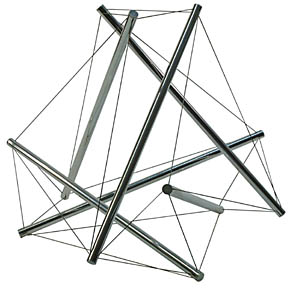Now, i am going to tell you that this may or may not be the right thing to do. In certain cases it may well be your path to recovery, but in other cases, it may set you back.
Let's say you were playing soccer (the favourite pastime of Singaporean men) and you sprained an ankle. And you go to the doctor.
What would the doctor give you? Even if you never had this injury before you would know the answer: painkillers. And probably an MC too.
Would he even touch your ankle, find out which ligaments had been sprained, which direction the forces went, and most importantly: do a movement assessment on you and prescribe you exercises? I can dare say that 99% this is a resounding no.
You go home, take your medications, wait a few days for the pain to subside, start to walk again and think that all is fine. After all that is what the doctor says. And the doctor is god, isn't he (at least that is the impression i get from people who always recommend going to the doctor)?
Some time passed. You go back to your sports. But this time it is different. You notice that every time you play, your strength has decreased. It's because of deconditioning you say to yourself, which is perfectly normal. Another thing you notice is that your knees keep getting minor pains. And you can't quite figure out why this happens.
You go back to the doctor and he gives you painkillers another time.
The whole scenario repeats over and over again.
My friend, the scenario would be very different if you had consulted a physiotherapist (physical therapist) or a movement based medical practitioner (e.g. chiropractor, sinseh, osteopath? etc.).
Yes, the painkillers would ease the pain but it does nothing in terms of aiding recovery or your injured tissues and recovering your movement.
With an injury, your movement is going to be affected, because your whole structure is affected. Your body is not made up of bricks stacked on top of each other. The body is to be seen as a tensegrity structure. It is made up of compressive struts (bones) in a sea of continuous tension (the muscle-fascia [myofascia]). Any change in tension on any of the cables/guy wires, would affect the whole structure.
An example of a tensegrity structure
When an injury occurs, soft tissues are going to stiffen, due to formation of scar tissue and contraction of muscles amongst other things, to protect the injury.
The problem is when the tension is not released. Movement at the affected joint becomes more difficult (i.e. stiffer). And what happens when a bodypart moves less? Other bodyparts must compensate to produce the same total amount of movement. This abnormal movement pattern shows up as the minor aches and pains that seem to arise from nowhere.
If the typical (i am not saying all) doctor, who knows nuts about general fitness exercise, is not competent to prescribe you general fitness programs, how can you expect him to diagnose movement problems and prescribe you therapeutic exercises? Which is a more specialised field in exercise science.
The typical MD education is in the field of chemical medicine and the medical system as a whole, including the education, is backed by powerful pharmaceutical companies. Exercise and movement and related subjects are not the focus of them. The myofascial system and things related to it is still considered alternative medicine to the mainstream medical community.
The typical MD education is in the field of chemical medicine and the medical system as a whole, including the education, is backed by powerful pharmaceutical companies. Exercise and movement and related subjects are not the focus of them. The myofascial system and things related to it is still considered alternative medicine to the mainstream medical community.
A physiotherapist is trained to diagnose and treat movement problems. So it would be wise for you to consult a physiotherapist when you are injured instead of the doctor. You still can visit the doctor, to get the MC and painkillers (if the pain is unbearable, but i'd say just skip it, why add chemical toxins to your body) but at least know what you are getting.
We'll cover more on the role of the physiotherapist next time.

No comments:
Post a Comment